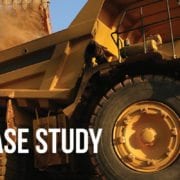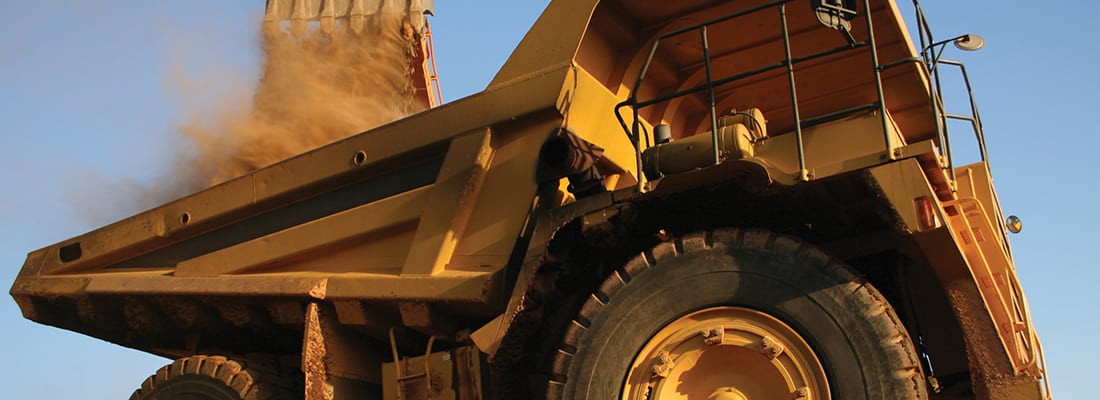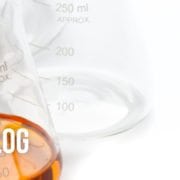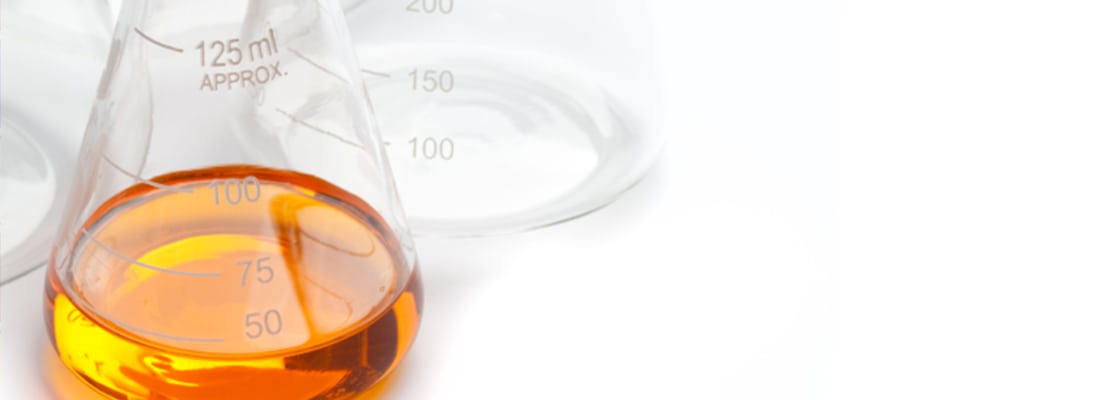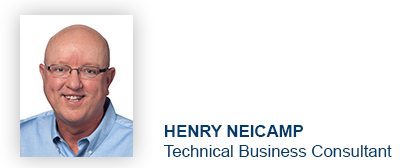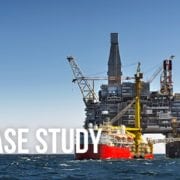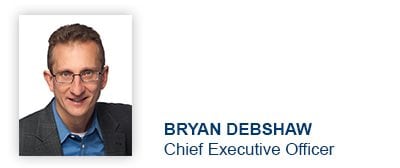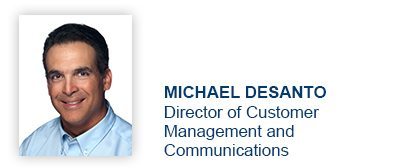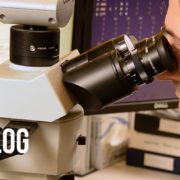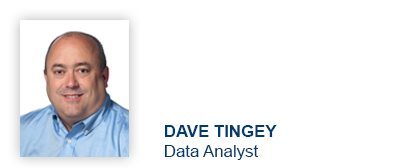Performing a Program Review

Today I want to get into the nuts and bolts of the review and what to do with the results.
First of all, reserve at least 1 hour of uninterrupted time for the review. Make sure you invite key personnel to attend and everyone is prepared.
An effective program review will provide answers to the following questions:
-
-
-
- What are the goals of the review?
- Is your equipment list up to date?
- Is your fluid information up to date?
- If you test both lubricants and coolants, are you using both sets of data to see if an issue in the cooling system is affecting the lubrication system?
- Is the total number of samples increasing or decreasing?
- What information did you discover during the review?
- What action will you take to resolve problems?
- When will you perform the next review?
-
-
Make sure everyone leaves the review with a clear expectation of what needs to happen in the future and when it needs to be accomplished. Write down notes from the meeting, assignments and deadlines.
Performance reviews can be a lot of work, but the process can push a fluid analysis program to the next level. If you need assistance setting up a program review, have questions for the Field Services Team or just want to share the results of a successful review, please contact me. I look forward to hearing from you!
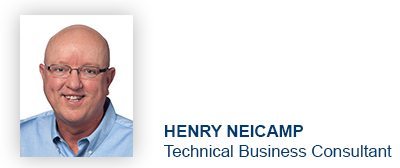
Proven Impact. Proven Uptime. Proven Savings.
Let us prove it to you.


